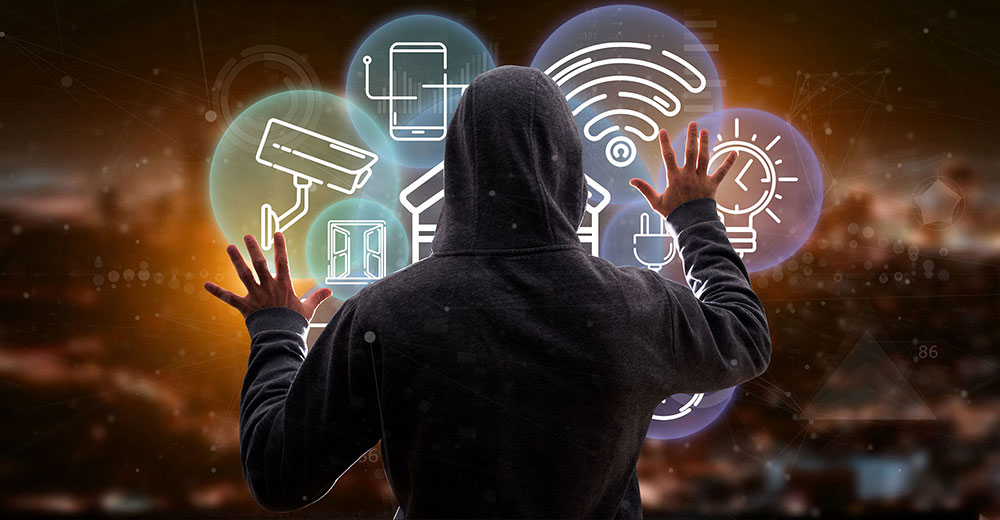This post may contain affiliate links, which means I may receive a commission from purchases made through these links. The reputation of Nexa is important; that’s why I will only recommend products I have personally reviewed or tested.
As the sun rises over the era of smart homes, it doesn’t simply peek above the horizon but flares brightly, casting long, exciting shadows of potential. An epoch heralded for years has been cranked into gear, thanks to the smart speaker technology. The smart home revolution is, at last, echoing through our living rooms, kitchens, and bedrooms.
Home automation, poised to mushroom from a seed into a colossal $75.3 billion oak tree by 2025, spirals upwards at a compound annual growth rate of nearly 16%. Indeed, it’s the smart speakers—the humming heart of this technological advance—that thrust this growth. The numbers from Statista are staggering: 320 million units laid their roots in 2020, a number set to double in four short years.
Yet, the pandemic’s shadow, as it has in so many areas of life, has given a palpable thrust to this expansion, with more people cocooned indoors. However, as we stride forward, the specter of security and privacy cannot be ignored, looming large. IoT landscapes are riddled with vulnerabilities, their Achilles’ heel being an overdependence on cloud infrastructures and connectivity.
Peeling Back the Layers of Innovation and Privacy
Imagine this: Amazon’s Alexa or Google Assistant – a help or a hindrance? Conveniently dimming lights or ordering food might seem appealing, but it also throws open a voyeuristic window into your private sanctuary. Thousands of prying eyes, ears attuned, anywhere across the globe, silently observing, always listening. The perennial connectivity to the cloud, the eternal vigilance of these devices brings about ethical dilemmas that cast long shadows.
Money talks, but it may not always lead to a pot of gold. If privacy is treated like a relic, it might sow the seeds of smart home technology’s undoing. And it’s not just about the devices of today; it’s a specter that haunts the technology of tomorrow as well.
The crucible in which smart homes must be forged requires manufacturers to balance innovation and privacy on the edge of a razor. It’s all about interpretation and response – a device that cannot comprehend user activity and context is as “smart” as a toaster. But what’s the point if it turns your abode into a house of mirrors? The homes we inhabit must allow us to feel recognized but not observed – and striking that balance is a task fit for Hermes himself.
Embracing the Power of Local Data Processing
The road to secure, private, and responsive homes is not paved with clouds but with embedded intelligence within the home environment itself. Right now, our devices are like babes in the woods – unable to process user inputs solo. Sensor data is shipped off to the cloud for interpretation before action can be taken. This introduces latency, turning smart homes into the Tortoise while the Hare speeds past. The ramifications vary from mere inconvenience to potential safety hazards.
Enter the AIoT – artificial intelligence of things – the David against the Goliath of the cloud. This model, which I’ve previously described in Forbes, melds intelligence and processing power directly into the smart home device.
Nevertheless, the road to embedding edge intelligence is riddled with obstacles. AI chips aren’t just costly, configuring them for compatibility with home devices is akin to solving a Rubik’s cube blindfolded.

Unlocking the Potential of AIoT
The chips that power these devices must deliver a potent blend of AI, DSP, control, and communications – all wrapped up in one package. This allows designers the flexibility to balance these attributes like a finely tuned orchestra.
Additionally, these chips must be shrunken down and delivered at low overall BOM costs. Crafting these efficient, AI-capable devices might be an uphill battle, but it’s a necessary step towards securing our data.
AIoT-enabled chips promise sophisticated sensor processing – identifying faces, detecting presence, and even monitoring vital signs. All of this happens in-house, without requiring your data to journey across the ether. Simply put, privacy no longer needs to be the price of admission for a smarter home.
Security and Privacy are Essential, Not Optional
The dawn of edge AI in smart homes would be a quantum leap not only for consumer privacy but also for overall home security. Reduced latency, improved processing, and more advanced sensors all contribute to fortifying our homes.
For instance, smart devices could effortlessly differentiate between household members. They could ignore potentially hazardous commands from toddlers, notify emergency services during medical crises, and even raise the alarm if a stranger dares to trespass.
In the long run, devices could build room-to-room continuity, borrowing intelligence from each other. An alarm clock could wake a coffee machine; a gas sensor could avert disaster by opening windows; and backyard lights could secure the front door.
But amid growing concerns about privacy, these devices need a gentle touch – they need to be insightful but respectful. And that’s where edge computing comes in. By reducing reliance on data transfer to the cloud, the risk to consumers’ privacy is minimized. Once data is used, it can be discarded. In many instances, storing data becomes redundant.
This drastically shrinks the amount of data exiting the house, and concurrently reduces the number of possible attack points. What you get is a cyber fortress, safeguarded against the threat of data exploitation.
For this dream to become a reality, it’s crucial to confront the fears over consumer privacy head-on. A staggering 63% of consumers find connected devices creepily invasive when it comes to data collection, while 50% of U.K. consumers are wary about the use of their data.
Stepping away from the cloud and making devices independently intelligent is the magic key that will unlock a brave new world – a smart age free from privacy invasion.

